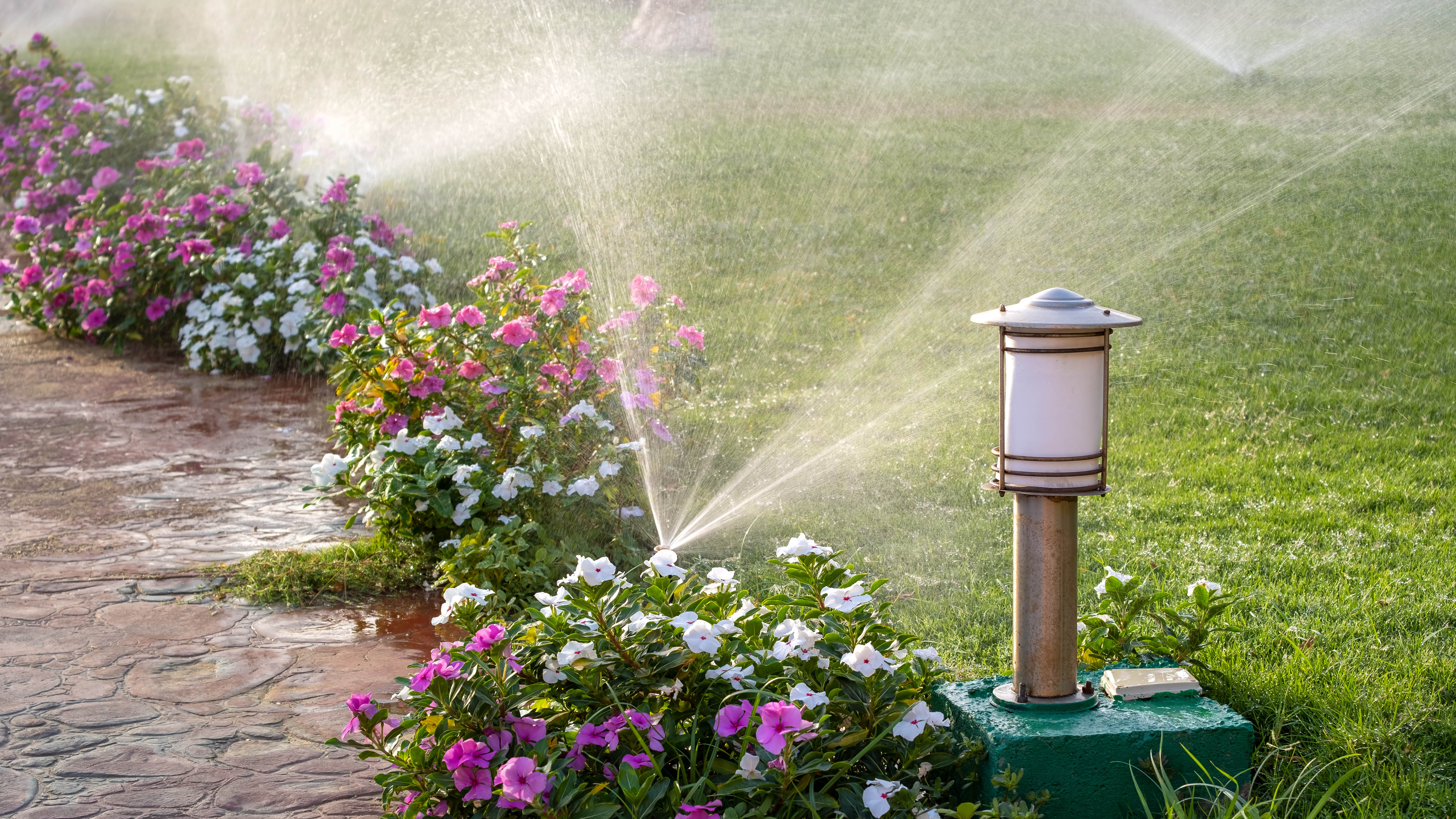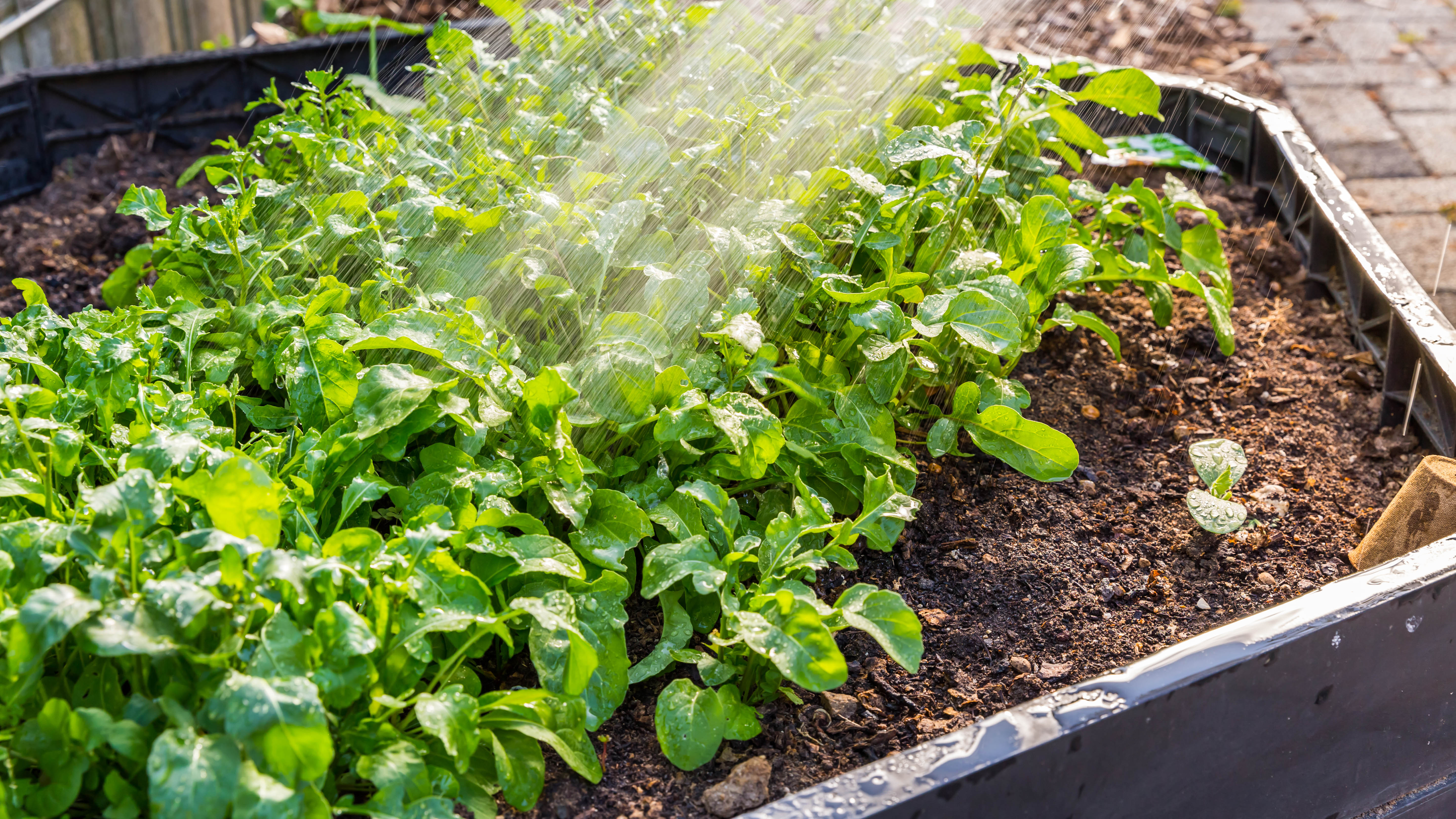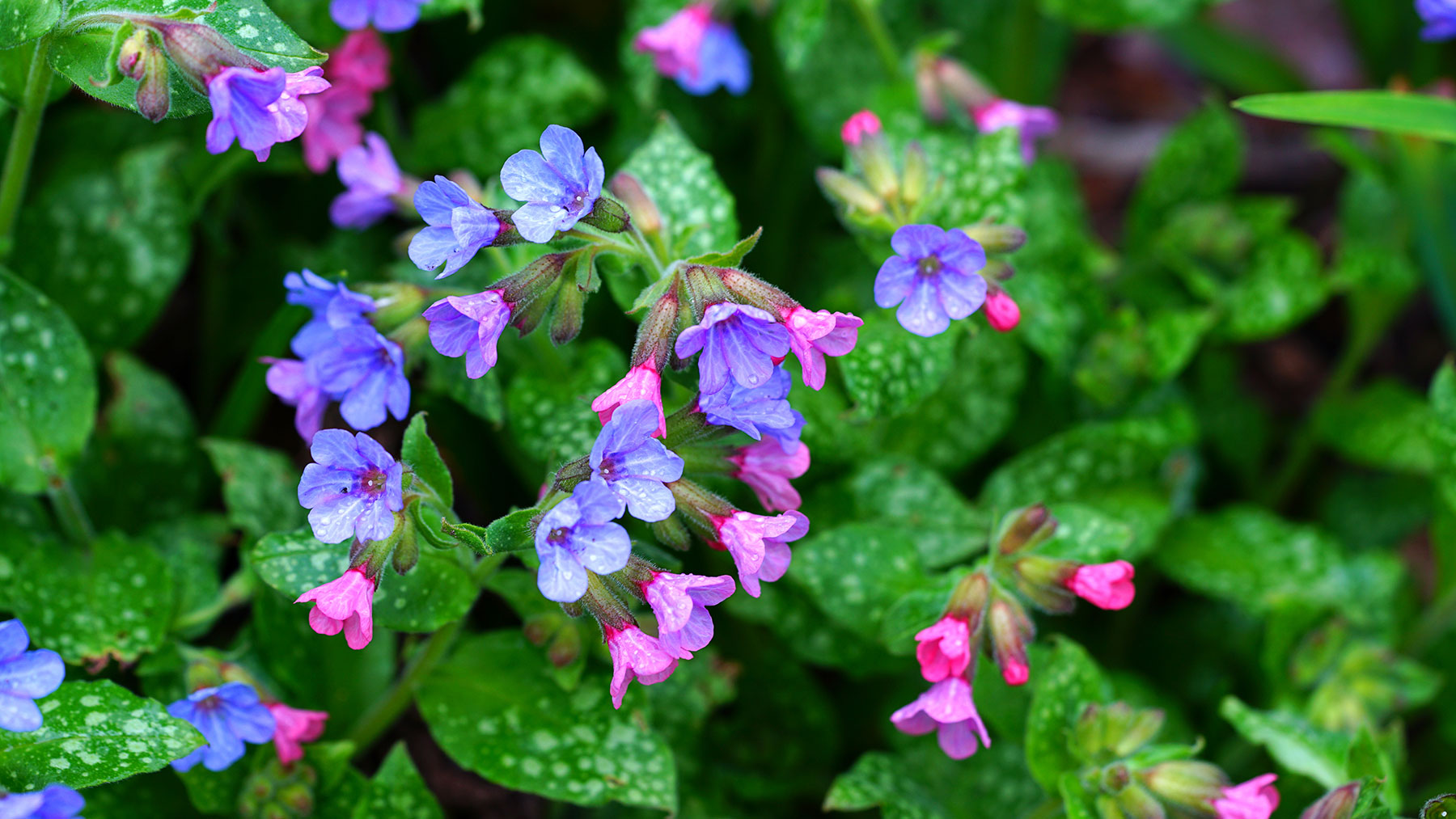5 ways to protect your yard in a heatwave — tips from experts to use now
Here’s how to cool your garden in hot temperatures

Summer is here, and if you struggle during a heatwave, imagine how your yard must feel! Whether you’re growing vegetables, plants or want to maintain lush, green grass, these can quickly become parched in the blazing sun.
And while you might think the obvious solution is to constantly water your plants or lawn to revive dead grass , there are other ways to protect your garden in a heatwave. In fact, too much water could lead to fungal diseases, and unhealthy soil that can affect your lawn. In which case, it’s essential to know how often you should water your lawn in a heatwave.
Luckily, we’ve asked the experts for their top tips in making sure your garden survives the hot temperatures, and thrive. You can put these into practice now to help make sure your yard doesn't succumb to summer.
1. Water lawn at the right times

If your grass looks parched, you’ll need to keep it hydrated during a heatwave. However, don’t be tempted to water it constantly — and make sure you do this at the right time of day. “When watering, it is best to do so in the afternoon or early morning when the temperatures are a bit lower,” says Melvin Cubian, gardening expert at PlantIn. “Water at least 1-2 times weekly and thoroughly so the grassroots, approximately 1-2 inches below the ground, is hydrated. This can help compensate for the excessive transpiration rate, a process that is water-costly for many grass species.”
While watering, it’s also essential to keep an eye on the condition of your soil. “You’ll also want to pay close attention to soil conditions,” agrees Ryan Walts, expert and coach of Lawn Squad. “Amending the soil with organics can help increase the lawn’s water holding capacity and help it to fight through high drought stress periods. Additionally, aim to aerate your soil at least once per season to loosen it and provide channels for oxygen, nutrients, and water to reach the root zone."
Also, ever wondered which is better for your lawn; sprinkler versus hose? We have the answer.
2. Throw shade on your plants

Even if you have hardy or heat-tolerant species, these can also struggle in a heatwave, and require protection. “Many plants, especially temperate or cool-climate species, cannot tolerate baking hot conditions,” says Cubian. “Even so, some desert plants — those not acclimated outdoors and above 85ºF heat — may need protection during a heat wave.
Sign up to get the BEST of Tom's Guide direct to your inbox.
Get instant access to breaking news, the hottest reviews, great deals and helpful tips.
Installing a shade net over them is necessary to help them survive the harsh conditions. Moreover, watering them thoroughly at least once a week and applying at least a 2-inch-thick (5 cm) of mulch can help conserve moisture and cool down the soil temperature.”
These are breathable layers of material like this Black Sun Net Sun Mesh Shade ($15, Amazon), that will block out sunlight and protect plants from heat. Younger plants in particular are unable to cope well with extreme heat, so you’ll need to place a shade cloth over them. For more advice, check out these expert tips to help your plants survive the heat wave.
3. Hydrate soil with mulch

Another tip for adding extra moisture to your garden during a heatwave is add a thick layer of organic mulch to your landscaped plants in the yard. Essentially, mulching provides a layer on top of your soil, and is one of the simplest ways to protect your plants during a heat wave.
"Adding organic material, such as peat or humates, can significantly boost the soil’s ability to retain moisture,” advises Walts. “This increased water-holding capacity helps reduce drought stress by ensuring more water is available to the grass.
Another way to temporarily improve drought tolerance is applying wetting agents like E-Z Wet ($24, Amazon). Wetting agents vary based on their interactions with moisture. Some, known as penetrants, help water move deeper into the soil and potentially away from the root zone, which can dry the surface rather than wet it. This makes them unsuitable for drought conditions. However, retainer wetting agents help hold water in place for easier access and uptake by the grass. These types of wetting agents are more useful in drought conditions compared to penetrant wetting agents.”
4. Cover vegetable beds

Be it juicy tomato plants or aromatic herbs, our homegrown vegetables can suffer during a heatwave. Alongside needing extra hydration, adding a floating row cover will give them extra protection in the sun.
“Many sun-loving vegetables, such as tomatoes, cucumbers, pumpkin, and maize, can tolerate the heat,” states Cubian. “But it is a different story when the temperature soars above 86ºF (30ºC), especially for delicate leafy veggies like spinach, lettuce, chards, and broccoli. Consider installing a floating row cover, which helps regulate temperatures in garden beds. Like other plants, it will also appreciate deep watering and 2-inch thick mulching using grass hay.”
If you want a bumper harvest, beware of these 7 mistakes to avoid when growing vegetables.
5. Relocate flowers or delicate flora

If you have potted flowers or delicate species, you’ll want to make sure they don’t get scorched in the sun or wilt. Relocating to shady spots, away from direct sunlight, will give them a better chance of survival.
“Flowers are often too vulnerable to heatwaves, given that they are often situated on top of plants and too thin to resist fast water loss,” agrees Cubian. “Before planting a heat-susceptible flower, consider choosing a spot with dappled lighting. If they have already been planted, you can protect your flowers by temporarily putting taller potted plants that are more resistant to excessive solar radiation.
Don't rush to prune if the flowers have already wilted and dried out. Instead, wait until the last expected heatwave date passes through; the dried plant material can still keep the plant canopy cool.”
Alternatively, these popular plants will thrive in the shade, if you have shady parts in your garden. Or for indoor flowers, check out these 5 tips to protect plants from sunburn.
More from Tom's Guide

As the Homes Content Editor, Cynthia Lawrence covers all things homes, interior decorating, and garden-related. She has a wealth of editorial experience testing the latest, ‘must-have’ home appliances, writing buying guides and the handy ‘how to’ features.
Her work has been published in various titles including, T3, Top Ten Reviews, Ideal Home, Real Homes, Livingetc. and House Beautiful, amongst many.
With a rather unhealthy obsession for all things homes and interiors, she also has an interior design blog for style inspiration and savvy storage solutions (get rid of that clutter!). When she’s not testing cool products, she’ll be searching online for more decor ideas to spruce up her family home or looking for a great bargain!
